Daniel Libeskind’s colourful sculptures protest climate change
The architect disrupts a 17th-century baroque garden in the Netherlands with a monumental series of sculptures
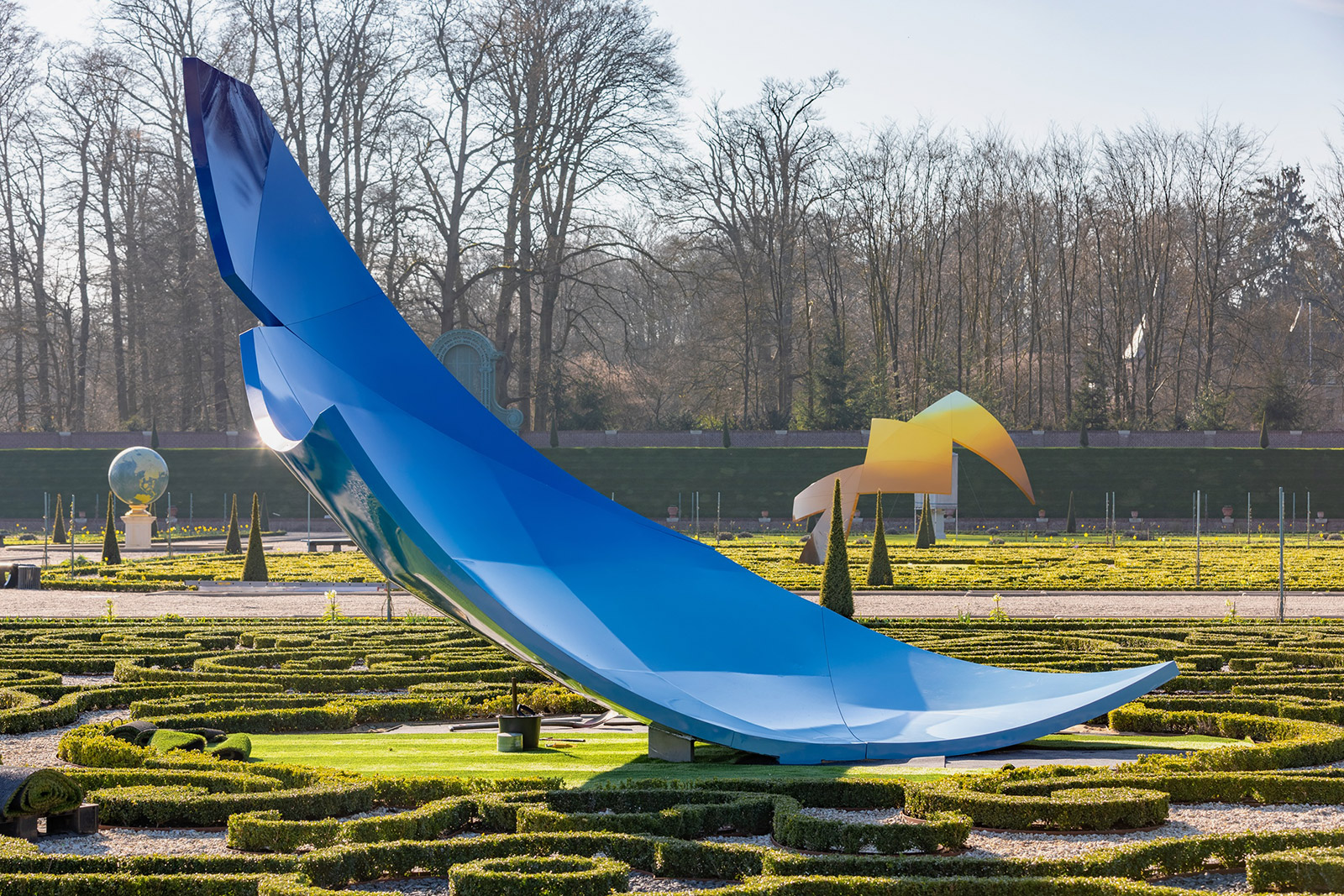
Daniel Libeskind has designed an art installation for a baroque garden in the Netherlands. The Polish-American architect has splashed colour and eccentric shapes across the orderly grounds of the 17th-century palace Paleis Het Loo in Apeldoorn as a protest to climate change.
The ‘Garden of Earthly Worries’ consists of four monumental abstract sculptures that create an imbalance within the organised layout of the garden, designed in its time to represent man’s perfection of nature. ‘The gardens of Paleis Het Loo convey a symmetrical beauty that connects to the cosmic idea of time, space, and paradise,’ says Libeskind. Yet his sculptures, reaching three metres high and towering over the neatly trimmed shrubbery, are anything but symmetrical. Composed of spherical fragments of a globe, curved angles fly out carving up the air with colour.
Yet, don’t be seduced. Like a poisonous insect that attracts with fluorescent colouring, the pieces harbour a sinister secret within their concept: each represents a chemical compound that contributes to climate change. ‘The elements are placed in the garden as intruders; their imperfection is a counterpoint to the orderly landscape,’ says Libeskind, who intended them to appear as ‘toxic projects perverting and destroying nature’.

Ozone and Laughing gas, 2019, by Daniel Libeskind
The architect has completed many powerful works of architecture across the world, notably the Jewish Museum Berlin and the masterplan for the reconstruction of the World Trade Center in New York. Echoing the strong lines and shapes of his buildings, this installation offers him an alternative outlet for his ideas.
Libeskind accompanies the installation with a bold and poetic statement that could be interpreted as a warning: ‘Humanity is at a crossroads in a world where resources and space are under attack. We are moving into a cultural shift from sustainability to viability. We can no longer distinguish if nature is culture, or culture is nature.’
It’s the first time that contemporary art has been displayed at the baroque gardens at Paleis Het Loo, but it feels like this historic baroque garden was in need of a little bit of disruption and some colourful chaos inside its cosmos. Now, it is a platform for thinking about the future.

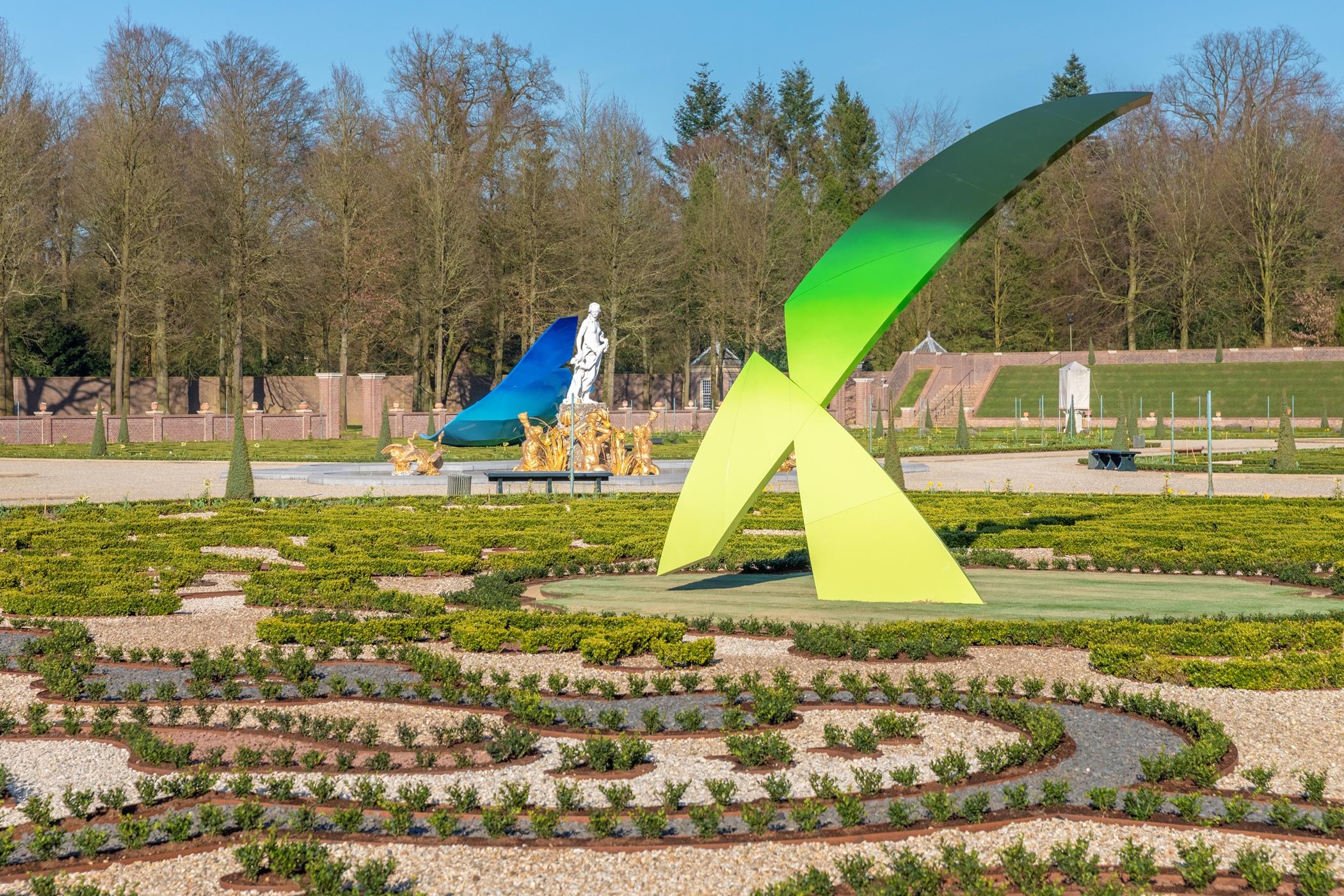

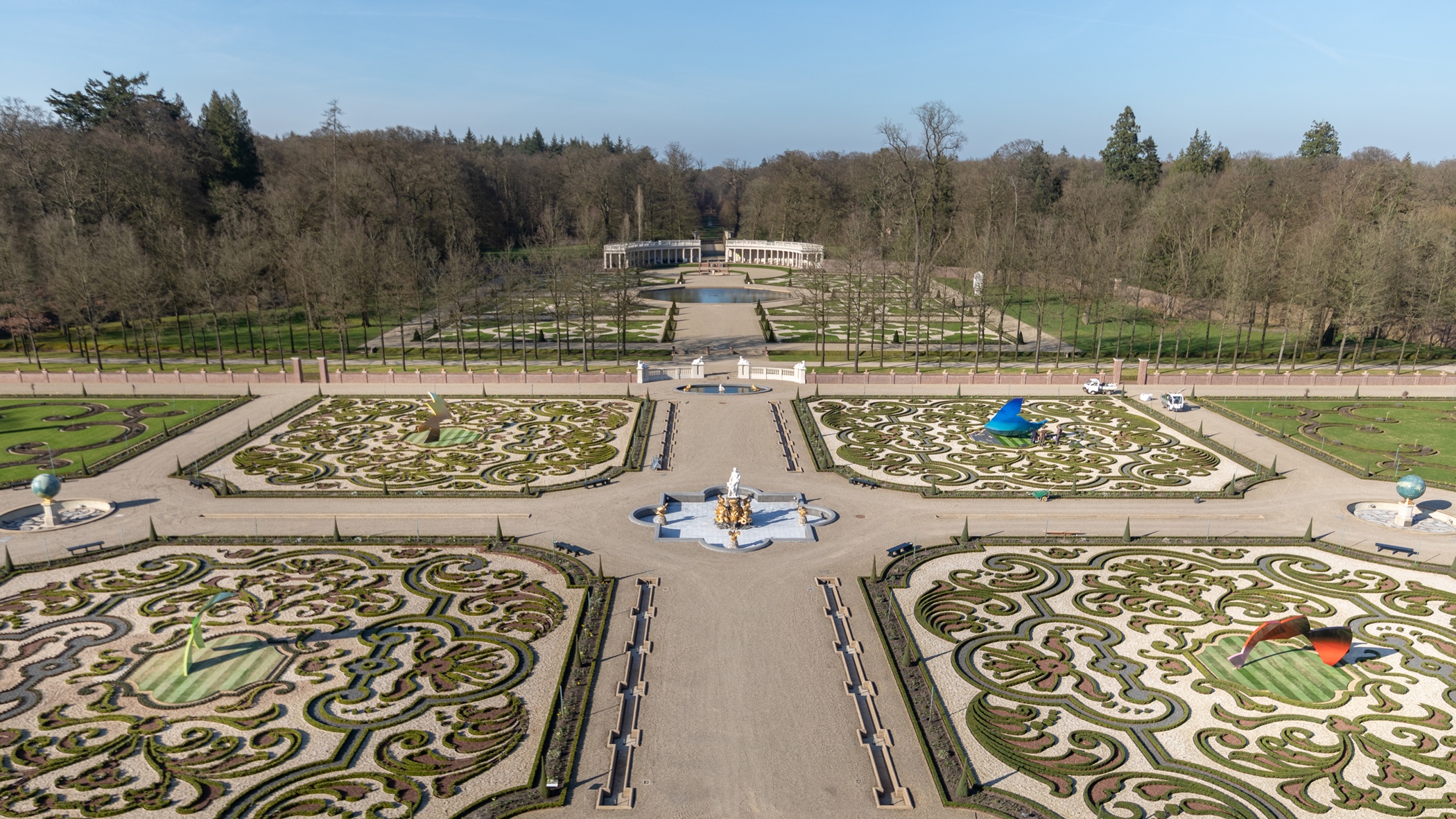
INFORMATION
Receive our daily digest of inspiration, escapism and design stories from around the world direct to your inbox.
‘Garden of Earthly Worries’ is on view until mid-2021. For more information, see the Paleis Het Loo website and the Studio Libeskind website
Harriet Thorpe is a writer, journalist and editor covering architecture, design and culture, with particular interest in sustainability, 20th-century architecture and community. After studying History of Art at the School of Oriental and African Studies (SOAS) and Journalism at City University in London, she developed her interest in architecture working at Wallpaper* magazine and today contributes to Wallpaper*, The World of Interiors and Icon magazine, amongst other titles. She is author of The Sustainable City (2022, Hoxton Mini Press), a book about sustainable architecture in London, and the Modern Cambridge Map (2023, Blue Crow Media), a map of 20th-century architecture in Cambridge, the city where she grew up.
-
 How We Host: Interior designer Heide Hendricks shows us how to throw the ultimate farmhouse fête
How We Host: Interior designer Heide Hendricks shows us how to throw the ultimate farmhouse fêteThe designer, one half of the American design firm Hendricks Churchill, delves into the art of entertaining – from pasta to playlists
-
 Arbour House is a north London home that lies low but punches high
Arbour House is a north London home that lies low but punches highArbour House by Andrei Saltykov is a low-lying Crouch End home with a striking roof structure that sets it apart
-
 25 of the best beauty launches of 2025, from transformative skincare to offbeat scents
25 of the best beauty launches of 2025, from transformative skincare to offbeat scentsWallpaper* beauty editor Mary Cleary selects her beauty highlights of the year, spanning skincare, fragrance, hair and body care, make-up and wellness
-
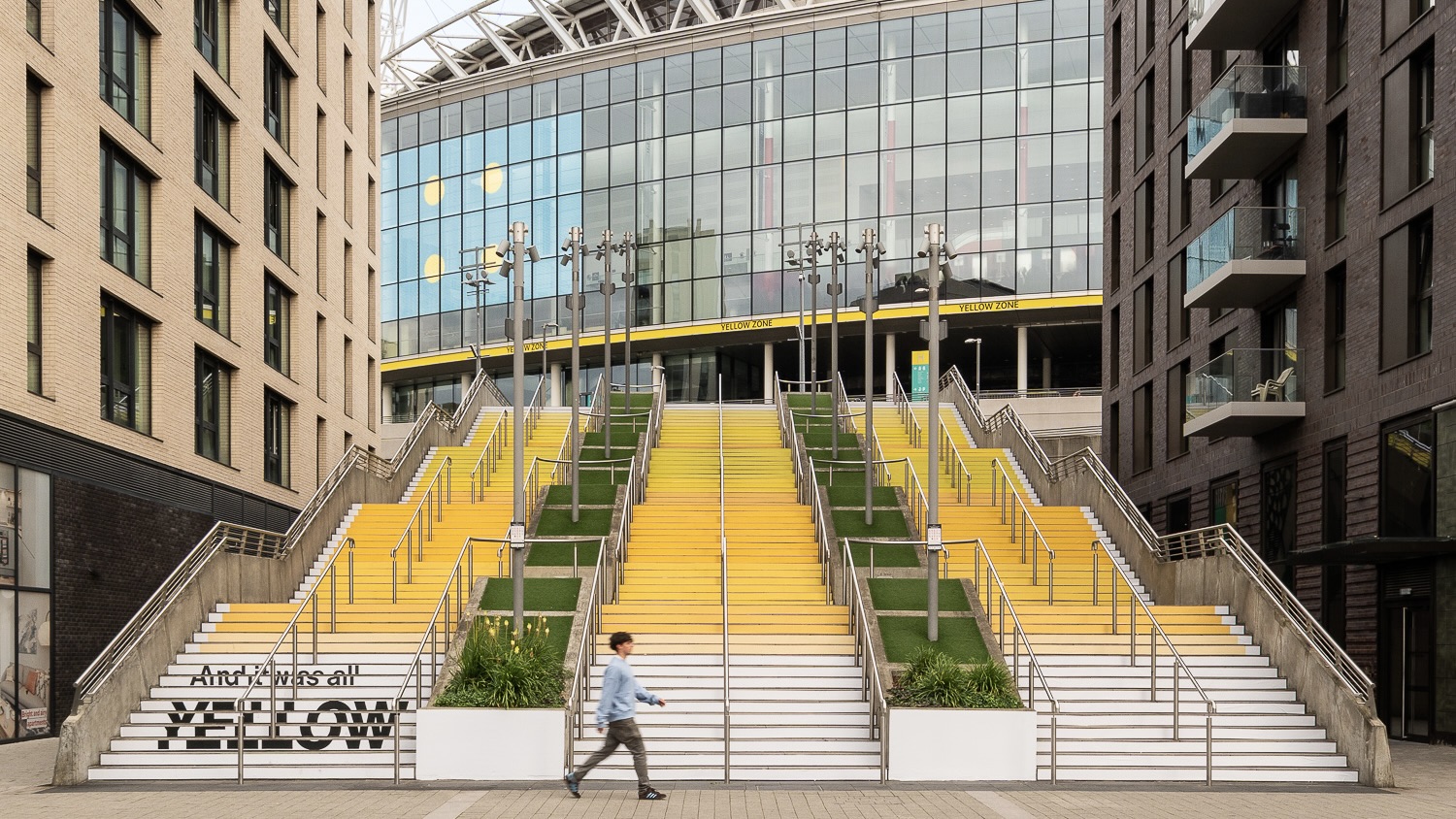 Pantone’s new public art installation is a tribute to Coldplay’s ‘Yellow’, 25 years after its release
Pantone’s new public art installation is a tribute to Coldplay’s ‘Yellow’, 25 years after its releaseThe colour company has created a – you guessed it – yellow colour swatch on some steps in Wembley Park, London, where the band will play ten shows this month
-
 Out of office: the Wallpaper* editors’ picks of the week
Out of office: the Wallpaper* editors’ picks of the weekSummer holidays are here, with Wallpaper* editors jetting off to some exceptional destinations, including highly recommended Mérida in Mexico. Then it’s back to work, or, for one editor, back to school…
-
 Rolf Sachs’ largest exhibition to date, ‘Be-rühren’, is a playful study of touch
Rolf Sachs’ largest exhibition to date, ‘Be-rühren’, is a playful study of touchA collection of over 150 of Rolf Sachs’ works speaks to his preoccupation with transforming everyday objects to create art that is sensory – both emotionally and physically
-
 Architect Erin Besler is reframing the American tradition of barn raising
Architect Erin Besler is reframing the American tradition of barn raisingAt Art Omi sculpture and architecture park, NY, Besler turns barn raising into an inclusive project that challenges conventional notions of architecture
-
 What is recycling good for, asks Mika Rottenberg at Hauser & Wirth Menorca
What is recycling good for, asks Mika Rottenberg at Hauser & Wirth MenorcaUS-based artist Mika Rottenberg rethinks the possibilities of rubbish in a colourful exhibition, spanning films, drawings and eerily anthropomorphic lamps
-
 San Francisco’s controversial monument, the Vaillancourt Fountain, could be facing demolition
San Francisco’s controversial monument, the Vaillancourt Fountain, could be facing demolitionThe brutalist fountain is conspicuously absent from renders showing a redeveloped Embarcadero Plaza and people are unhappy about it, including the structure’s 95-year-old designer
-
 See the fruits of Niki de Saint Phalle and Jean Tinguely's creative and romantic union at Hauser & Wirth Somerset
See the fruits of Niki de Saint Phalle and Jean Tinguely's creative and romantic union at Hauser & Wirth SomersetAn intimate exhibition at Hauser & Wirth Somerset explores three decades of a creative partnership
-
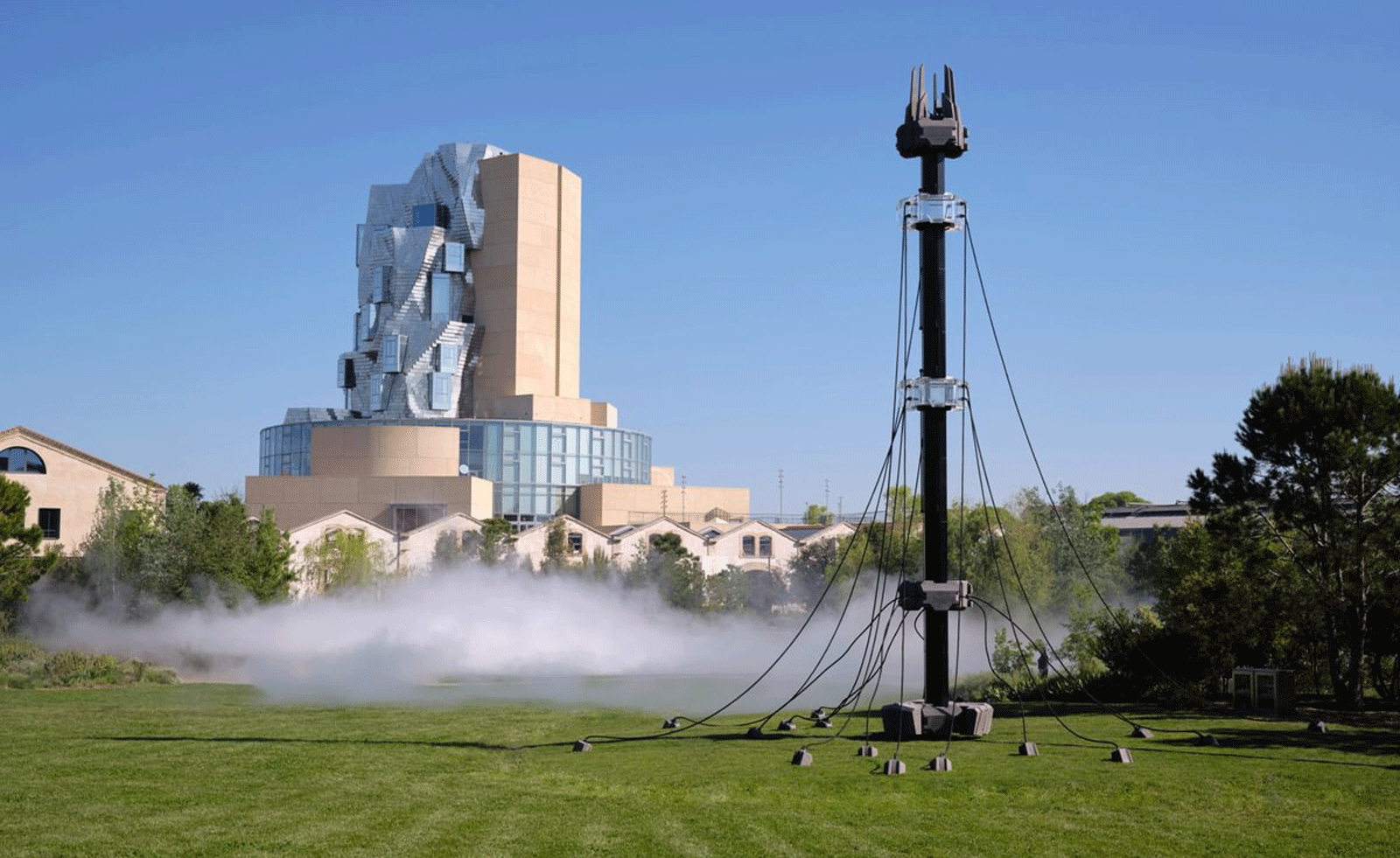 Technology, art and sculptures of fog: LUMA Arles kicks off the 2025/26 season
Technology, art and sculptures of fog: LUMA Arles kicks off the 2025/26 seasonThree different exhibitions at LUMA Arles, in France, delve into history in a celebration of all mediums; Amy Serafin went to explore